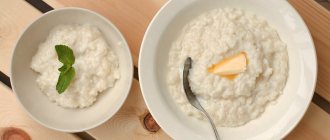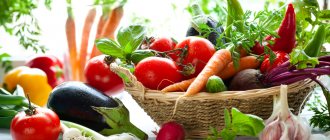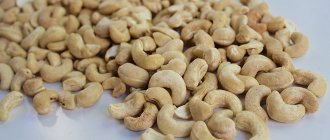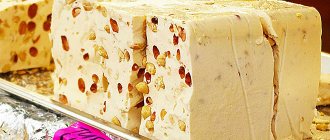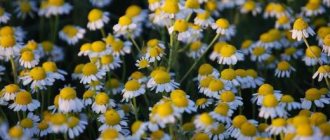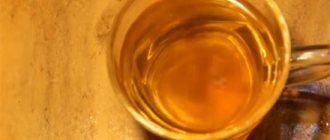The quality of mother's milk directly depends on the woman's diet during breastfeeding, so the menu in the first months after childbirth is quite meager. Some exclude dishes by trial and error, others place a strict taboo on all foods that contain even the slightest hint of the presence of an allergen. Nuts during breastfeeding still cause the most ambiguous attitude. This is a real storehouse of vitamins and microelements, but they also often cause allergies in a baby.
Nuts are a natural product that is beneficial for a young mother.
The effect of nuts on breast milk
Nuts, given their composition, the possibility of long-term storage in a protective natural shell, growing in ecologically clean areas with plenty of sun and clean water, are a wonderful product.
If a nursing mother systematically eats nuts as an additional source of nutrients, she benefits the baby, because there is more milk, its taste becomes richer, and its nutritional value is higher.
In addition, they have a positive effect on a woman’s body, exhausted by pregnancy and childbirth:
- stabilize the immune system;
- help fight stress;
- improve mood;
- improve overall well-being.
Attention! Nuts can and should be consumed while breastfeeding, introducing them into the diet gradually and with caution. It is impossible to assume that they are a panacea for all problems and diseases.
The benefits and harms of nuts
Nuts are a natural food product that has come down to us unchanged since ancient times.
One small fruit contains the following complex:
- necessary compounds: proteins, carbohydrates, fats;
- amino acids: omega-3, omega-6, omega-9;
- microelements: calcium, iron, selenium, copper, phosphorus, magnesium.
- vitamins: A, E, B.
Despite the high fat content (up to 70%), there is no danger of getting cholesterol plaques, as it contains light fats that have a positive effect on the body’s cardiac system. Vegetable protein containing arginine makes blood vessels elastic, eliminating changes in blood pressure.
Carbohydrates provide energy and allow you to cope with increased physical activity. Fiber helps cleanse the body and optimizes metabolic processes.
There are a great variety of nuts: peanuts, almonds, hazelnuts, walnuts, pine, cashews, pistachios, coconut. Each of them is not just nutritious, but helps prevent and fight various diseases: anemia, varicose veins, insomnia and migraines, diseases of the thyroid gland and digestive system, even cancer.
Nuts in reasonable quantities are a guarantee of good health. But you should be wary of possible negative effects, expressed primarily in allergic reactions: swelling, rash and diathesis. They can cause intestinal upset, thicken the blood, disrupt the functions of the liver and pancreas, and contribute to obesity.
Important! The quantity and degree of ripeness of the product matters, for example, unripe almonds contain poisonous hydrocyanic acid, and overeating nutmeg will lead to severe intoxication. Therefore, not only nursing mothers, but everyone can eat nuts, but in moderation!
Beneficial features
Hazelnuts are a tasty, nutritious and very healthy nut, which is distinguished by a balanced, multicomponent chemical composition, represented by vitamins C, A, E and group B, minerals - calcium, potassium, phosphorus, magnesium, zinc, iron, organic acids, fats, essential oils, tannins, vegetable protein. Such a complex of valuable substances determines the beneficial qualities of the product.
- Regular consumption of hazelnuts allows you to:
- strengthen the immune system, protect the body of mother and child from viruses and infections;
- speed up metabolic processes, improve metabolism, thereby quickly restore the body after childbirth and lose extra pounds gained during pregnancy;
- prevent stagnation of milk in the glands, thereby preventing mastitis;
- stimulate milk production;
- increase the nutritional value and fat content of the dairy product;
- restore strength, improve mood, prevent depression and depression;
- improve the condition of hair, skin and nails;
- cleanse the body of toxins and harmful substances, fight the negative effects of free radicals;
- have a beneficial effect on the functioning of the cardiovascular and nervous systems;
- ensure the full and proper development of the child.
Did you know? Surprisingly, there is even a Hazelnut Institute in the world, which is located in the city of Trabzon, Turkey. The location of such an institution is quite logical, because the Republic of Turkey is the world leader in hazel cultivation.
What nuts can you
In order to avoid possible risks, it is worth highlighting which nuts should be consumed for a nursing mother in the first month of breastfeeding, and which ones should absolutely not be consumed (even taking into account their benefits).
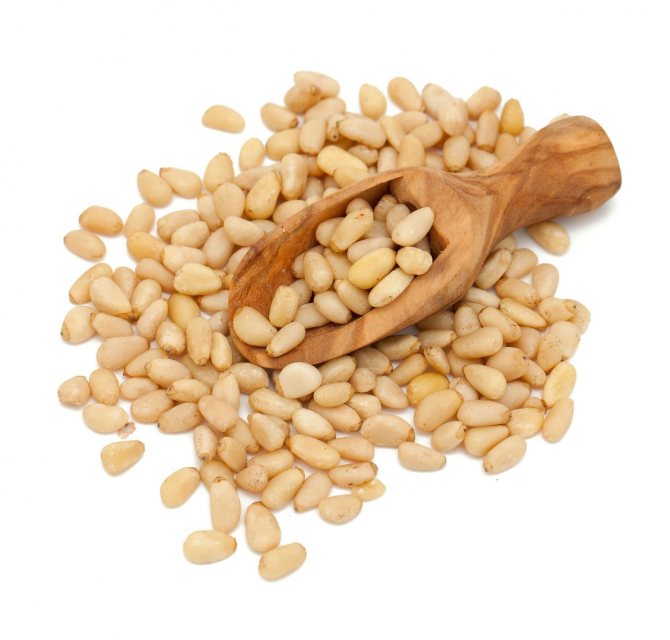
Cedar pine seeds - pine nuts, popular due to their gastronomic and medicinal properties, are the most harmless. They do not cause allergies, have a positive effect on the mental and physical development of children, and help the mother recover after childbirth.
By starting to take one teaspoon of cedar grains a day, mom provides herself with a moment of pleasure, after which her complexion will improve, her skin will tighten, and cracks on her nipples will disappear. Thanks to a positive emotional mood, there will be more milk, and its taste will improve.
Advice! It is recommended to eat 50 grams of kernels per day between meals, without mixing with other protein products.
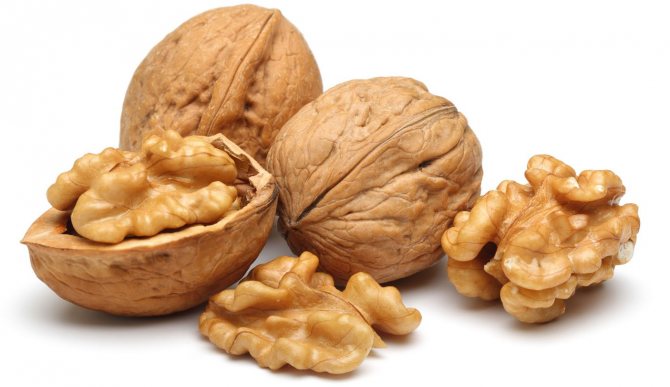
Walnuts are not a contraindication when breastfeeding a newborn. It promotes good lactation and improves the quality of breast milk, affecting its fat content.
Therefore, in the first month of life, when the baby is weakened, walnuts in the diet of a nursing mother will allow him to gain weight, form a strong immune system, and strengthen the intestines. And they will help the mother fight fatigue and postpartum depression.
How to select and store
A healthy diet when breastfeeding involves the use of quality products, so nuts must be chosen with special care. Basic rules depend on the place of purchase:
- The date should be clearly visible on high-quality store packaging. If you rub the inscription a little, it does not disappear. The shelf life in transparent packaging is no more than 6 months, in dense packaging – up to 12 months.
- At the market, it is better to pass by dried and moldy nuts. If darkened areas are clearly visible on them and a rancid smell is felt, this indicates that the product is affected by aflatoxins, which cause allergies. It is not difficult to determine if a nut in the shell is spoiled. If cracking produces a yellowish cloud of dust, the product should be discarded.
- The bright yellow color of a peeled nut is a sure sign of an old and low-quality kernel.
- A fresh and good walnut cannot be cracked with your fingers - such a trick will only work with a spoiled product.
- If a characteristic rattle sound appears in the shell when shaking the nut, you should refrain from purchasing it.
Nuts contain a lot of vegetable fat, which becomes rancid under the influence of air and sunlight. Peeled nuts must be placed in a well-closed glass container and placed in a cool, dark place. You cannot stock up on the product for seasons ahead, because in six months it will still go bad. You can also store shelled nuts in an airtight container in the refrigerator or freezer, but this is unlikely to extend their shelf life.
Unshelled nuts are stored longer - in a “closed” form they are not harmed by external factors. They can also become moldy or dry out, but do not require additional storage conditions. They do not need to be covered, but it is better to place them in a cool, dry place away from sunlight.
What nuts are not allowed?
Hazelnuts during breastfeeding, as well as peanuts, due to the possibility of causing severe anaphylactic shock in the child and mother, are prohibited during lactation.
Peanuts are commonly called nuts, although they belong to the legume family. Due to the nature of cultivation, it can be infected with pathogenic fungi, which cause severe poisoning. Its beneficial properties: antioxidant, immune-strengthening are best used after lactation.
During breastfeeding, hazelnuts, which belong to the category of highly allergenic products, are known for their taste and nutritional properties, and are a rather difficult product to digest. Therefore, the consequences of its use: bloating of the child’s tummy, colic, diarrhea.
Three nuts per day will not greatly affect the usefulness of milk and the woman’s recuperation, but can seriously impair the baby’s health. Answering the question about whether hazelnuts can be consumed while breastfeeding, we answer that it is not worth the risk.
Almonds have a lot of useful properties, as well as unconditional advantages. Its composition resembles the periodic table in terms of the amount of vitamins and microelements. When consumed, the amount of breast milk produced increases and it becomes tastier. But, in addition to being a strong allergen for mother and child, almonds may contain the toxic substance amygdalin, which can be harmful to health.
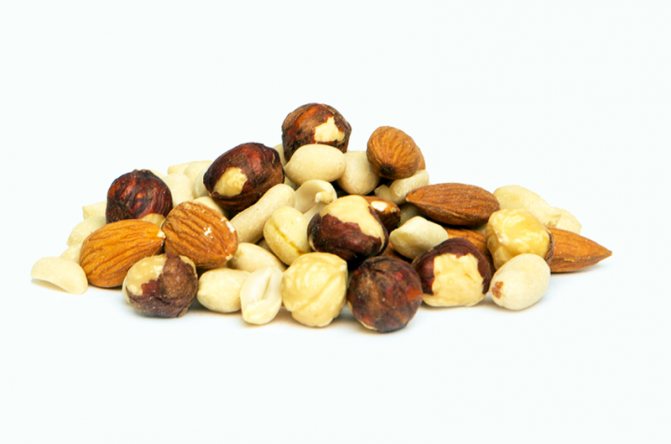
Advice! When the diet is established and the child adapts to various foods, you can start consuming almond grains by pre-heating them and sprinkling them with sugar for greater effect.
While breastfeeding, you should not get carried away with exotic types of nuts: Brazil, coconut, cashew. The first reason: high probability of allergies. The second reason: their delivery from distant countries is associated with many negative factors. Therefore, culinary experiments with them should be postponed.
Is it possible to eat nuts in the first month?
The first weeks after the birth of a baby are considered an adaptation period when he gets used to the world around him. The baby is particularly sensitive to external influences. It is at this time that his digestive system begins to form. Therefore, it is especially important that the nutrition of a nursing mother is safe.
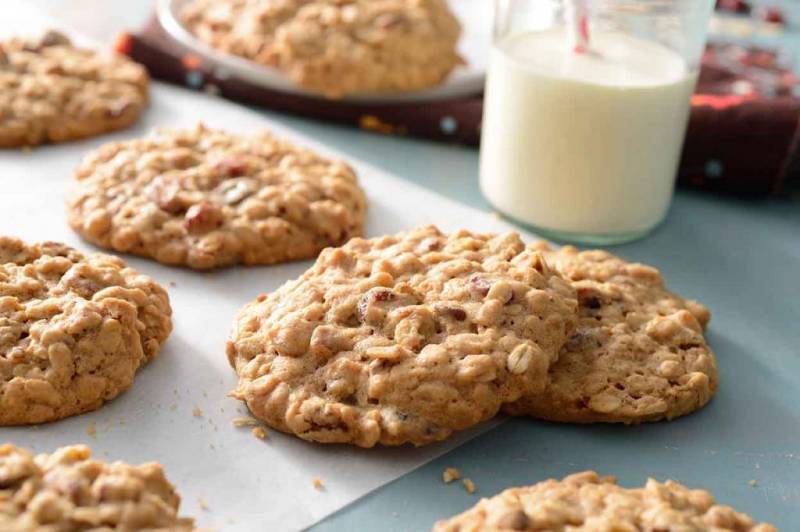
It is best for a woman to follow a strict diet for 1-2 months after giving birth. And then it is allowed to introduce new products, but gradually. It is advisable to introduce hazelnuts into the diet 5-6 months after the birth of the baby.
Due to the fact that the nut is an allergen, eating hazelnuts during breastfeeding is prohibited in the first month.
Rules for eating nuts
When introducing additional products into your daily diet in order to increase the quantity and quality of milk, a nursing woman must strictly follow the recommendations for consumption:
- Eat nuts as a separate product or adding them to cooked dishes no earlier than the baby is three months old.
- You should start with the safest nuts - pine nuts.
- Introduce gradually from a small amount - 10 grams.
- Closely monitor your child’s own reactions and well-being.
- In case of negative manifestations, stop taking.
- Do not mix different types and varieties.
- If parents in the family suffer from allergies or asthma, in order to avoid critical moments, it is better to replace nuts with a safer source of nutrients.
- In case of chronic diseases in the mother associated with the pancreas, gall bladder or liver, nuts cannot be eaten, even if there is a desire to make the child better.
- Purchase products from trusted suppliers, preferably in sealed packaging with a valid shelf life.
It is known that many who care about the health of their offspring are interested in whether hazelnuts can be consumed during breastfeeding in the first month. Not only hazelnuts, but any nuts should not be eaten during the first month of breastfeeding.
Rules for eating hazelnuts during lactation
Compliance with certain rules for eating hazelnuts during the period when the mother is feeding the baby with breast milk will allow both her and the child to avoid many health problems.
- During lactation, experts first of all advise starting to introduce safer and less allergenic nuts into the diet - almonds, walnuts, pine. In the first month after childbirth, it is better to refrain from eating hazel.
- You need to buy only whole, in-shell nuts, and store shelled nuts in a tightly closed container away from direct sunlight.
- Before eating hazelnuts, you should carefully examine them for the presence of mold, black spots, and manifestations of fungus. Even a slightly bitter, unpleasant taste indicates that the fruit is affected by mold or spores of toxic microorganisms. Eating such nuts during lactation is strictly prohibited.
- When breastfeeding, it is prohibited to consume several types of nuts at the same time.
- It is better to eat hazelnuts in the first half of the day in order to monitor the baby’s condition until the evening and take the necessary therapeutic measures (if necessary) before nightfall.
Did you know? There are about 20 types of hazelnuts, but the most famous are three: badem, kerasund and Crimean. They differ only in external features, but are completely identical in their qualities.
Recipes with nuts while breastfeeding
Considering that pine nuts are the most harmless for breastfeeding, we offer recipes that will delight the mother with their taste and speed of preparation.
Salad “Ideal option”
Products:
- A bunch of lettuce leaves or Chinese cabbage;
- Carrot;
- Cucumber;
- Tomato;
- Boiled chicken breast;
- Fresh herbs;
- Pine nuts 50 grams.
- Vegetable oil 2 tablespoons.
Preparation:
Wash all the vegetables and greens and let them dry. We tear the salad with our hands, grate the carrots on a coarse grater, cut the remaining vegetables and meat into strips. Carefully place on a plate, pour over vegetable oil, sprinkle with nuts. Those who cannot live without salt add salt. Use immediately.

Exotic dessert
Required:
- 2 bananas;
- 2 oranges;
- 1 apple;
- 100 grams of raisins and dried apricots;
- a jar of yogurt;
- cedar nuts - 100 grams.
Preparation:
- Pour hot water over dried apricots and raisins for 10 minutes.
- Drain the water, dry the dried fruits, finely chop the dried apricots.
- Peel the orange, disassemble into slices, cut out the pulp.
- Remove the peel from the apple and cut into cubes.
- Peel the banana and blend with the nuts in a blender.
- Layer layers of fresh fruits, dried fruits, and banana-nut mixture.
- Pour yogurt on top.
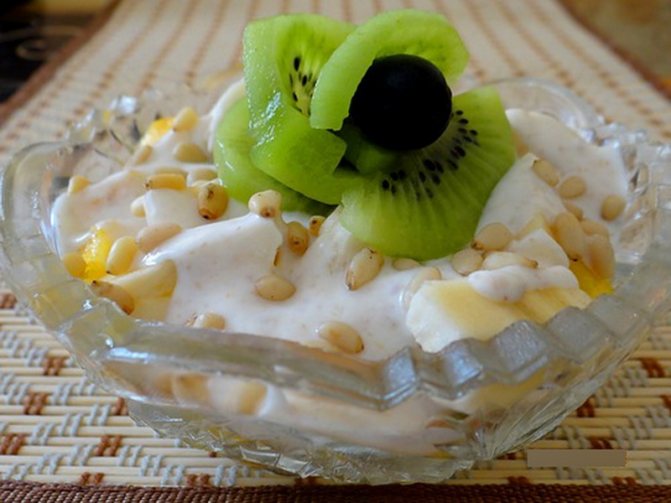
Tea Tunisian style
Ingredients:
- Water - 200 grams;
- Green tea - 2 teaspoons;
- Cedar kernels - 1 teaspoon;
- Honey - 1 tablespoon;
- Fresh or dry mint leaves.
Brewing:
- Pour the tea leaves into a metal teapot and fill with cold water.
- Place on the stove and bring to a boil.
- Add mint, honey.
- Let it brew for 20 minutes.
- Pour tea into a cup and sprinkle nuts on top.

